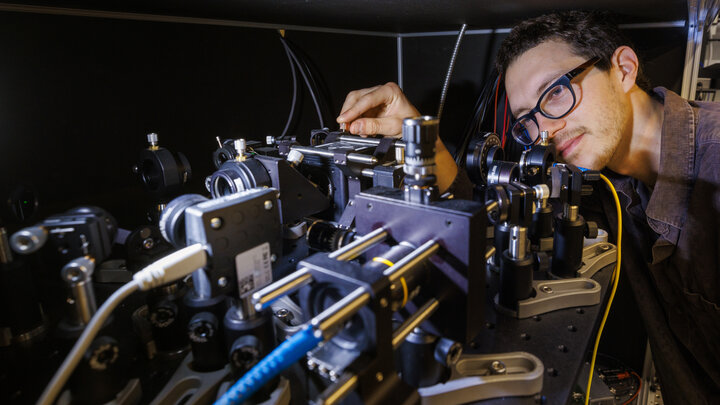A team of international researchers has made a breakthrough in the study of magnetic skyrmions—tiny, swirling magnetic structures that could revolutionize the way we store data. Their findings were published recently in the journal Small.
The research focuses on how skyrmions can be controlled and stabilized using a property called gradient-induced Dzyaloshinskii-Moriya interaction (g-DMI), which arises from slight changes in material composition within a thin magnetic film. The team studied single-layer cobalt-platinum (CoPt) films with varying thicknesses and composition gradients.
By carefully adjusting the material's magnetic properties and thickness, the scientists were able to influence the size, shape, and density of skyrmions. They found that films with greater magnetic anisotropy (directional magnetic strength) could host more skyrmions, making them more promising for future applications.
These insights could help engineer skyrmions with customized properties, an important step toward creating faster, more energy-efficient magnetic memory devices.
This collaborative effort involved researchers from the University of Nebraska–Lincoln (Abdelghani Laraoui, Sy-Hwang Liou, and Alexey Kovalev), the National University of Singapore, Lanzhou University, and Anhui University, and was supported by the NSF-funded EQUATE center. The work was led by Adam Erickson, Dr. Qihan Zhang, and Hamed Vakili, with contributions from several students, including Edward Schwartz, Suvechhya Lamichhane, Chaozhong Song, and Boyu Li.




